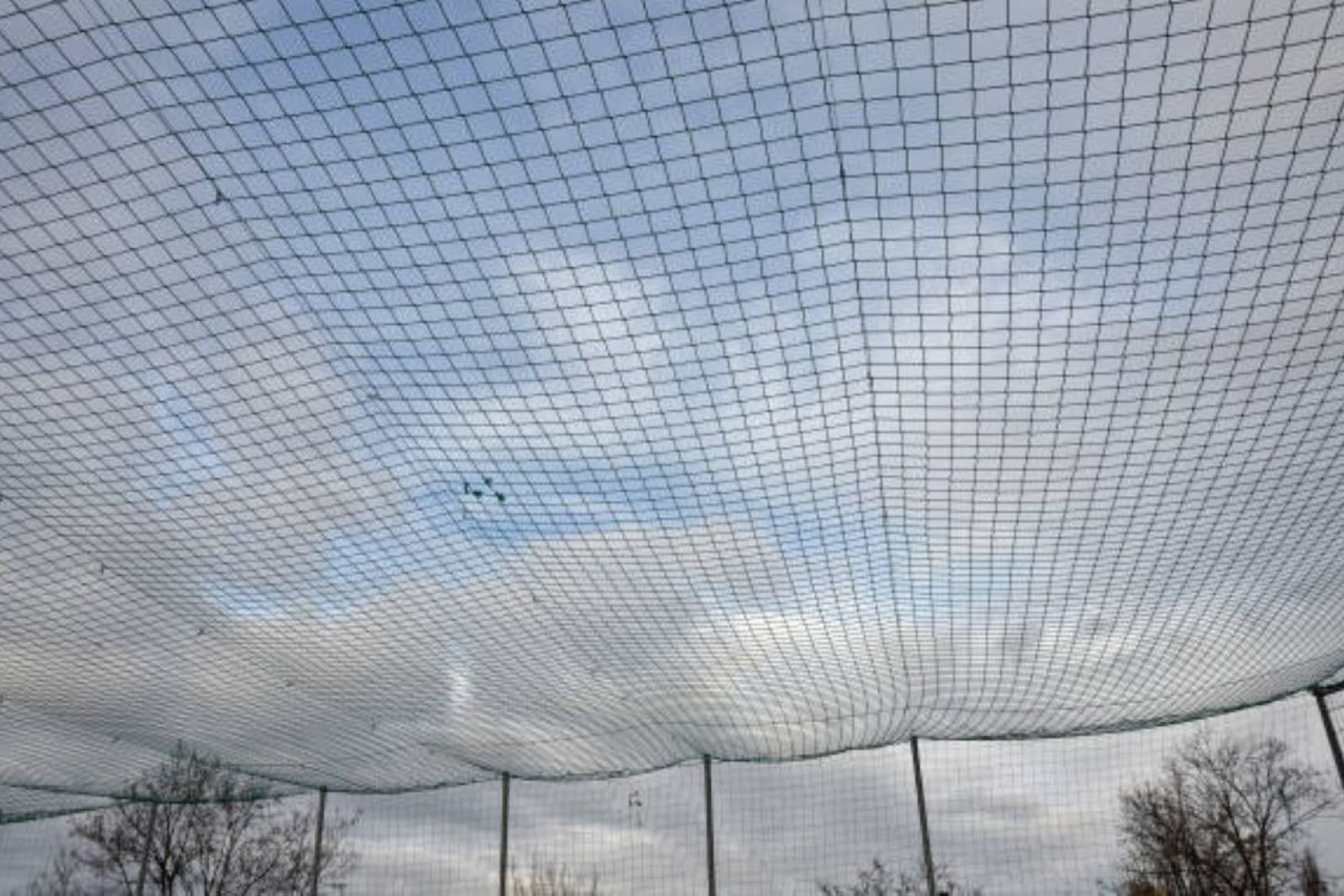Birds, although beautiful creatures, in their habitats can sometimes become unwelcome visitors in residential and commercial spaces. This poses a need for compassionate bird deterrents that prioritize our coexistence with nature while protecting our living and working environments.
Humane Bird Deterrents
- Visual Methods: Utilizing a bird’s natural instincts and perception, visual deterrents are a humane approach. Examples include objects, predator decoys and scare balloons that disrupt birds visual patterns without causing harm.
- Sound Devices: Sound devices play a role in deterring birds through cues. Ultrasonic devices emit frequencies that are bothersome to birds and generally undetectable to humans. Additionally, recorded predator calls and distress signals contribute to bird control without causing harm.
- Physical Barriers: Creating a protective shield against birds is achieved through barriers that prevent roosting or nesting in unwanted areas. Examples of physical bird deterrents include netting, spikes and electric tracks which are safe for birds but discourage them from settling in locations.
Addressing Bird Issues in Residential Spaces
- Balconies and Gardens: Residents often encounter challenges with birds nesting on balconies or causing damage to gardens. To discourage birds from causing disturbances while maintaining the appeal of a space, humane visual deterrents, like tape and predator decoys can be used.
- Roof Spaces and Eaves: For roof spaces and eaves, effective barriers such as netting and spikes can be employed to prevent birds from roosting. These solutions offer a way to protect homes without causing harm to the birds.
Effective Bird Deterrents for Commercial Spaces
- Agricultural Areas: In areas like farms and agricultural settings, where crops need protection, unique bird deterrents are necessary. Reflective scare tape and placed sound devices can deter birds without resorting to pesticides.
- Commercial Buildings: Buildings with ledges and open spaces are particularly prone to bird infestations. A comprehensive bird control strategy for commercial structures can be created by combining deterrents like owl decoys with spikes or netting.
The Role of Technology in Effective Bird Deterrence
The use of technology has introduced deterrent systems that utilize sensors to detect bird activity. These systems activate measures like signals or automated devices, offering an effective solution for various settings.
In Conclusion
Achieving a coexistence with birds in both residential and commercial spaces requires a thoughtful approach towards implementing bird deterrent strategies. We can find a ground by using environmentally friendly techniques, like visual deterrents, sound devices and physical barriers. These methods allow us to protect our surroundings while still honoring the behaviors of birds. With a range of solutions at our disposal, we can create environments where both humans and birds can flourish without causing harm to each other.


